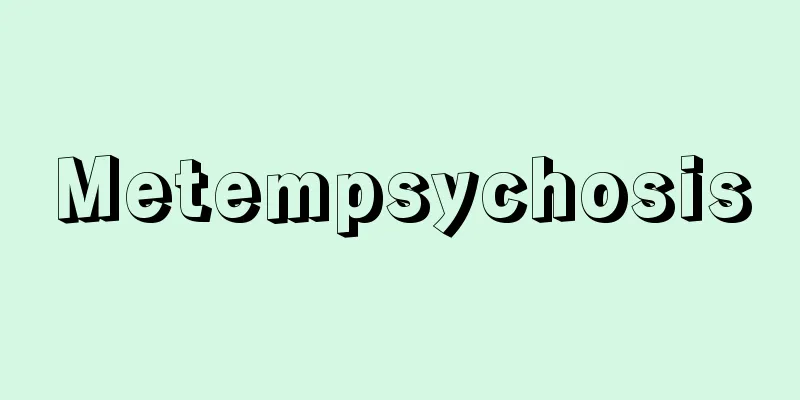Birthstone - Tanjōseki

|
A gemstone designated according to the month of birth. Its origin is said to be from the 12 gemstones representing the 12 zodiac signs that were adorned on the chest of a Jewish high priest in the Book of Exodus in the Old Testament, or from the foundation stones of the 12 stone walls of the 12 gates of the New Jerusalem, east, west, north, south, and west, as described in the Book of Revelation in the New Testament. It was also based on the astrological belief that wearing a gemstone that corresponds to the zodiac sign of a person's birth month will help them avoid illness and disasters and bring them good fortune, and it became popular in Europe, mainly among Jews, around the 18th century. The method of determining the gemstones for each month varies depending on the era and ethnicity, but there are some countries, such as France, that do not have any particular gemstones. In 1912, for purely commercial purposes, the American Jewelry Retailers Association selected new birthstones, taking into account seasonal feeling and symbolic meanings. In 1937, the British Precious Metals Dealers Association followed suit and announced the British birthstones. Today's birthstones are mostly based on these two lists. In Japan, dissatisfied with this, the National Jewelers Association established "Japanese birthstones" in 1958 (Showa 33). To reflect Japanese tastes, coral, a traditional Japanese stone, was added for March, and jade, a precious stone of the Orient, for May. As synthetic gemstones became more widespread, new synthetic birthstones were created and are commonly used as a clue for choosing gemstones. [Hirano Yuko] Source: Shogakukan Encyclopedia Nipponica About Encyclopedia Nipponica Information | Legend |
|
生まれ月にちなんで定められた宝石。起源は、『旧約聖書』の「出エジプト記」に記されている、ユダヤ人高僧の胸に飾られた黄道十二宮をかたどる12の宝石によるとも、『新約聖書』「ヨハネ黙示録」の、新エルサレムの東西南北12の門の12の石垣の基礎石によるともいわれる。また生まれ月の星座に属する宝石を身につけていると、病気や災害を避け、幸運に恵まれるという占星術の信仰が母胎となって、18世紀ころからユダヤ人を中心にヨーロッパで一般化した。月々の宝石の定め方は、時代や民族によって異なるが、フランスのようにとくにそれを定めない国もある。1912年、まったく商業的な目的から、アメリカの宝石小売商組合は季節感や象徴的意味などを考慮して、新しい誕生石を選定した。1937年にはイギリスの貴金属商組合が、これに倣ってイギリスの誕生石を発表。今日の誕生石は、ほぼこの二つのリストが基準となっている。 日本ではこれを不服として、1958年(昭和33)全国宝石商組合が「日本の誕生石」を定めている。日本人好みを表現して、日本古来のサンゴを3月に、東洋の至宝であるひすいを5月に加えたものである。また合成宝石(シンセティック)の普及につれて、合成宝石による新誕生石も生まれ、宝石を選ぶ一つの手掛りとして一般に用いられている。 [平野裕子] 出典 小学館 日本大百科全書(ニッポニカ)日本大百科全書(ニッポニカ)について 情報 | 凡例 |
Recommend
Aelbert Cuyp
1620‐91 Dutch landscape painter. Born in Dordrecht...
Red boya - Red boya
A solitary ascidian belonging to the order Wallac...
Hallucinations - hallucinations
A pathological mental state in which hallucination...
Kinosaki [town] - Kinosaki
An old town in Kinosaki County in northern Hyogo P...
Taniguchi Tomb
<br /> An ancient burial mound in Hamae-cho,...
Xuchang
A prefecture-level city in the central part of He...
Humic acid fertilizer - Humic acid fertilizer
A series of fertilizers produced by reacting humic...
Vermicelli - Harusame
[1] [noun] ① Rain that falls quietly in the spring...
Sea battle
Battles fought on the sea, under the sea, and in t...
Landau, Lev Davidovich
Born: January 22, 1908, Baku, Azerbaijan [Died] Ap...
Kiyosou - Kyousou
...It is said to be native to Eastern Asia, and i...
Specific heat
The amount of heat required to raise the temperat...
Calcium amphibole - Calcium amphibole
…Amphibole is generally divided into three groups...
Utazawa Sasamaru - Utazawa Sasamaru
Born in 1797. Edo [Died] September 4, 1857. Founde...
Ashikaga Shogunate
This refers to the Muromachi Shogunate. Source: Th...







![Yonezawa [city] - Yonezawa](/upload/images/67cd1b2970522.webp)

